Premium Only Content
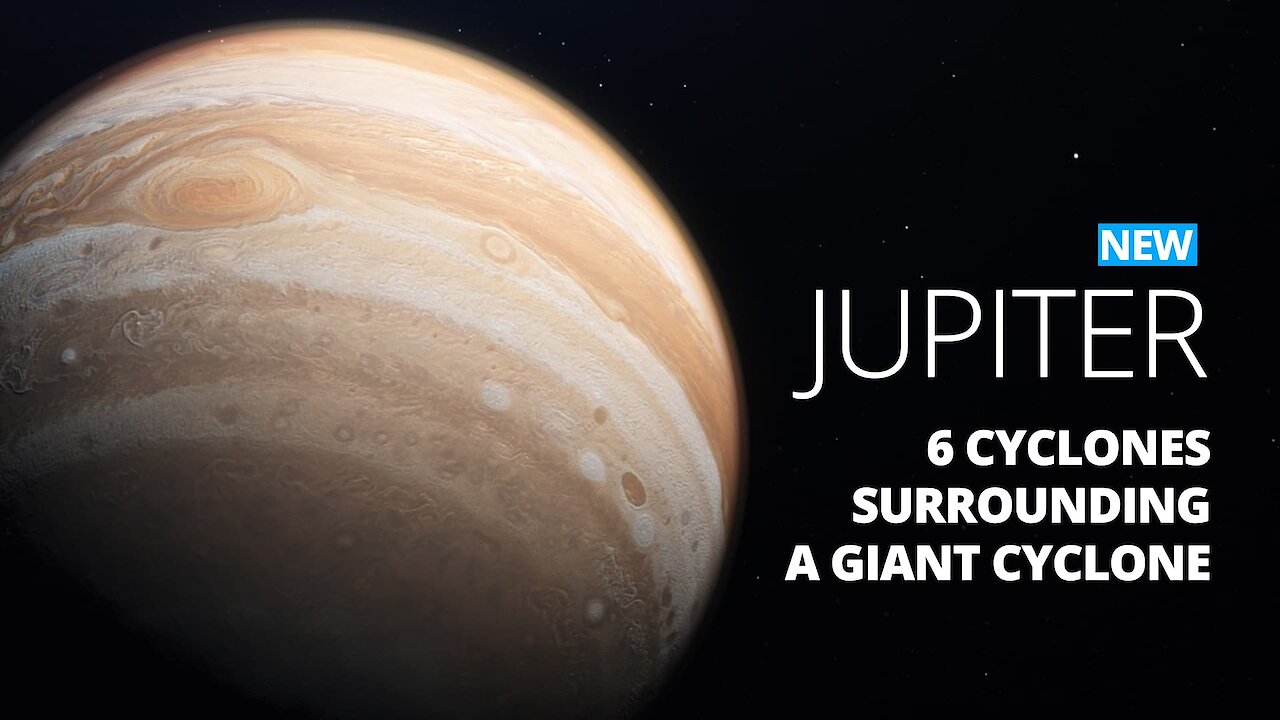
Giant Cyclone The Size Of Texas Discovered On Jupiter By NASA
Jupiter has a new cyclone and it has the size of the state of Texas on the south pole of the gas giant. In total there are now six cyclones surrounding a mega-cyclone in a unique hexagon pattern. The enormous storm was discovered by spacecraft Juno during his 22nd shaving flight. The images in the video was made while Juno hovered just 3500 kilometers above Jupiter's cloud cover.
When Juno arrived at Jupiter in 2016, the probe discovered that powerful hurricanes were raging on the gas giant. Juno found huge cyclones around the poles of Jupiter: nine in the north and six in the south. Just like the powerful jet streams on the planet, those hurricanes have been observed for a while. Researchers are very interested in these kinds of phenomena.
After each shaving flight past Jupiter, more information researchers know about these special storms. For example, researchers discovered that five cyclones swirl in a fixed pattern around a central storm on the South Pole. But now it appears that a new storm has joined this club. "The data from Juno shows that a hexagonal pattern has arisen around the central storm," says researcher Alessandro Mura. This new storm is now slightly smaller than its brothers, but it may be growing. "Perhaps future shaving flights will reveal that the cyclone has become just as large as the others," Mura predicts. The wind speeds in the newly discovered cyclone can indeed rise to 362 kilometers per hour, comparable to the wind speeds in the other cyclones.
The most famous storm on Jupiter is the Great Red Spot; an anti-cyclone 22 degrees south of the equator on the gas giant. The storm is undoubtedly one of the oldest storms in our solar system. The first time the storm was observed was in 1665. Follow-up observations in the 1970s - by Voyager 1 and Voyager 2 - revealed that it is a hurricane-like vortex phenomenon (a vortex) that is hidden from view by a red-colored cloud cover. Although it seemed that this storm was falling apart and might soon die, researchers recently swept that theory off the table; the Great Red Spot is in danger of not disappearing at all and still has many beautiful years ahead.
Source: https://www.jpl.nasa.gov/spaceimages/details.php?id=PIA23558
-
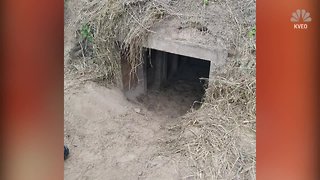 1:23
1:23
WTMJMilwaukee
6 years agoTexas border tunnel discovered
578 -
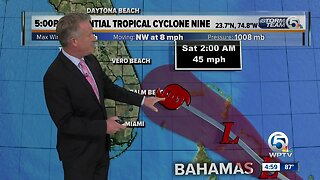 1:17
1:17
WPTV
5 years agoPotential Tropical Cyclone 9
66 -
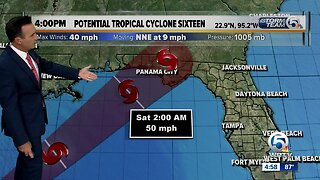 1:10
1:10
WPTV
5 years agoPotential Tropical Cyclone Sixteen
9 -
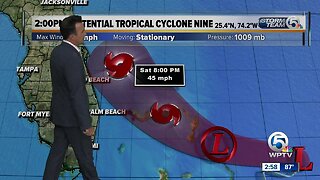 0:54
0:54
WPTV
5 years ago2 p.m. advisory on Potential Tropical Cyclone 9
17 -
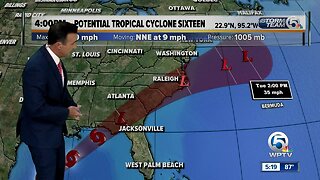 1:19
1:19
WPTV
5 years agoUpdate on Potential Tropical Cyclone 16
4 -
 0:15
0:15
charlievision11
5 years agoTexas shooting
146 -
 0:48
0:48
WPTV
5 years agoMartin County vs Jupiter
12 -
 2:45
2:45
WPTV
5 years agoJupiter Christian standout overcomes adversity
15 -
 1:47
1:47
WPTV
5 years agoErosion on Jupiter Beach
29 -
 0:27
0:27
WPTV
6 years agoArrest in Jupiter shooting
26